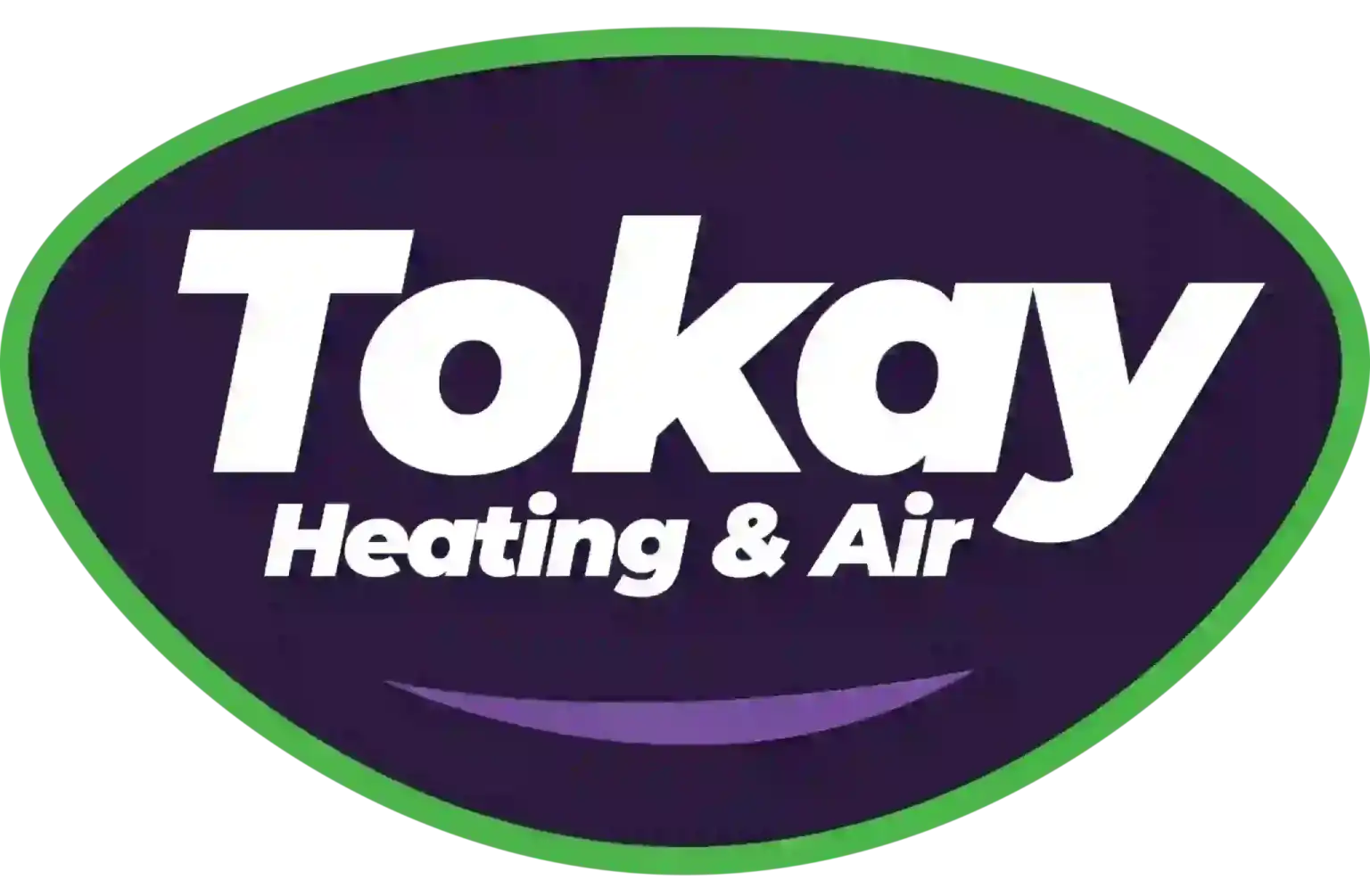Cracked Heat Exchanger: What It Means And What You Can Do Next
A furnace is almost always a background player for your home, keeping you warm in the cold winter months. It often won’t be noticed until something goes wrong.
One source could be that your furnace has a cracked heat exchanger. It can potentially be hazardous, so it’s critical to know the evidence of a cracked heat exchanger and what you should do if you are worried that is the problem.
What Is A Heat Exchanger In A Furnace?
A heat exchanger transfers heat from the combustion chamber inside your furnace to the air that circulates through the system. It usually handles this through coils or tubes that heat up the air while functioning as a barrier to keep gas produced in the combustion chamber, called flue gasses, from getting out into your home.
Is A Cracked Heat Exchanger Dangerous?
Given its important role, it isn’t surprising that a broken heat exchanger can be very dangerous. A damaged heat exchanger can allow dangerous gasses – such as carbon monoxide, which can be lethal – to be distributed across your home.
For obvious reasons, do NOT turn on your heating if you believe it has a cracked heat exchanger, as letting it run could make the whole household sick. Reach out to an HVAC professional as soon as possible if you are worried your heating has a cracked heat exchanger that should be repaired.
Four Symptoms Of A Cracked Heat Exchanger
- Furnace shuts off: A crack in your heat exchanger can cause your furnace to turn off.
- Strange Smells: If the air coming out of your furnace has a strong chemical scent, it could be a sign gas is leaking through cracks in your heat exchanger. These byproducts, which can smell like formaldehyde, are a common warning sign.
- Carbon monoxide alarm goes off or you recognize health problems: If a cracked heat exchanger is relieving carbon monoxide into your home, your carbon monoxide alarm could go off or household members could start experiencing signs of carbon monoxide poisoning. Side effects include headaches, dizziness, weakness, nausea, vomiting or feeling tired. If the alarm goes off or you feel unusually tired, get out of the home immediately and then call for help.
- Soot: If you find black sooty buildup near the exterior of your furnace, it’s more evidence something may be seriously wrong.
What To Do If A Furnace Heat Exchanger Is Cracked?
If you suspect your furnace has a cracked heat exchanger, contact a professional well versed in furnace installation Lodi as soon as possible so they can inspect your system and, if needed, start a furnace heat exchanger replacement. Costs will vary depending on the situation, but estimates can roughly suggest $1,000 to $3,000.
However, the good news is that heat exchangers are generally covered by the warranty. It’s a good idea to confirm the warranty paperwork on your furnace, because while the warranty won’t always cover the entire cost of repairs, it still may significantly shrink your bill.
How To Avoid A Cracked Heat Exchanger In Your Home?
One of the easiest ways to avoid problems in your furnace overall is via consistent furnace maintenance. Furnaces work the best when they work efficiently. Hiring a certified professional to check your furnace for broken-down parts, clogged filters and other potential problems can keep you from getting a big bill later on.
It’s also beneficial to inspect your furnace filters every few months – it’s recommended some filters be replaced every 90 days or sooner if they are dirty or grimy. While the filters are not part of the heat exchanger itself, the strain of pulling air through a clogged filter makes the entire furnace work harder to complete its job. And the harder your furnace has to work, the more strain pieces like the heat exchanger will experience.


